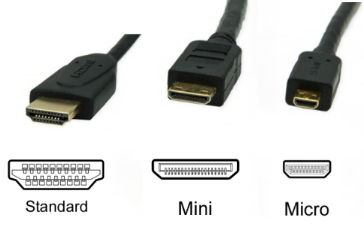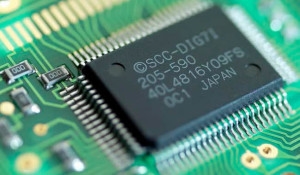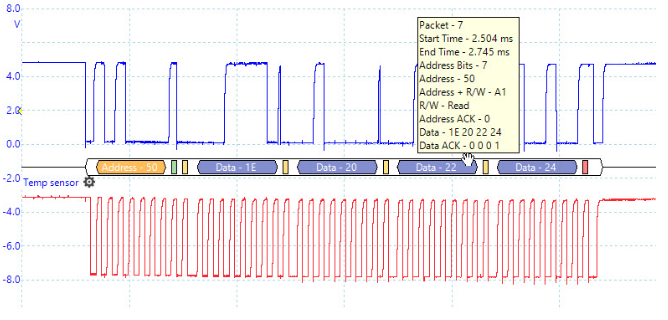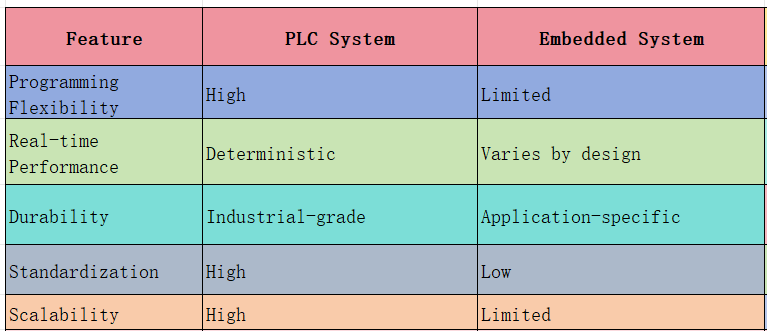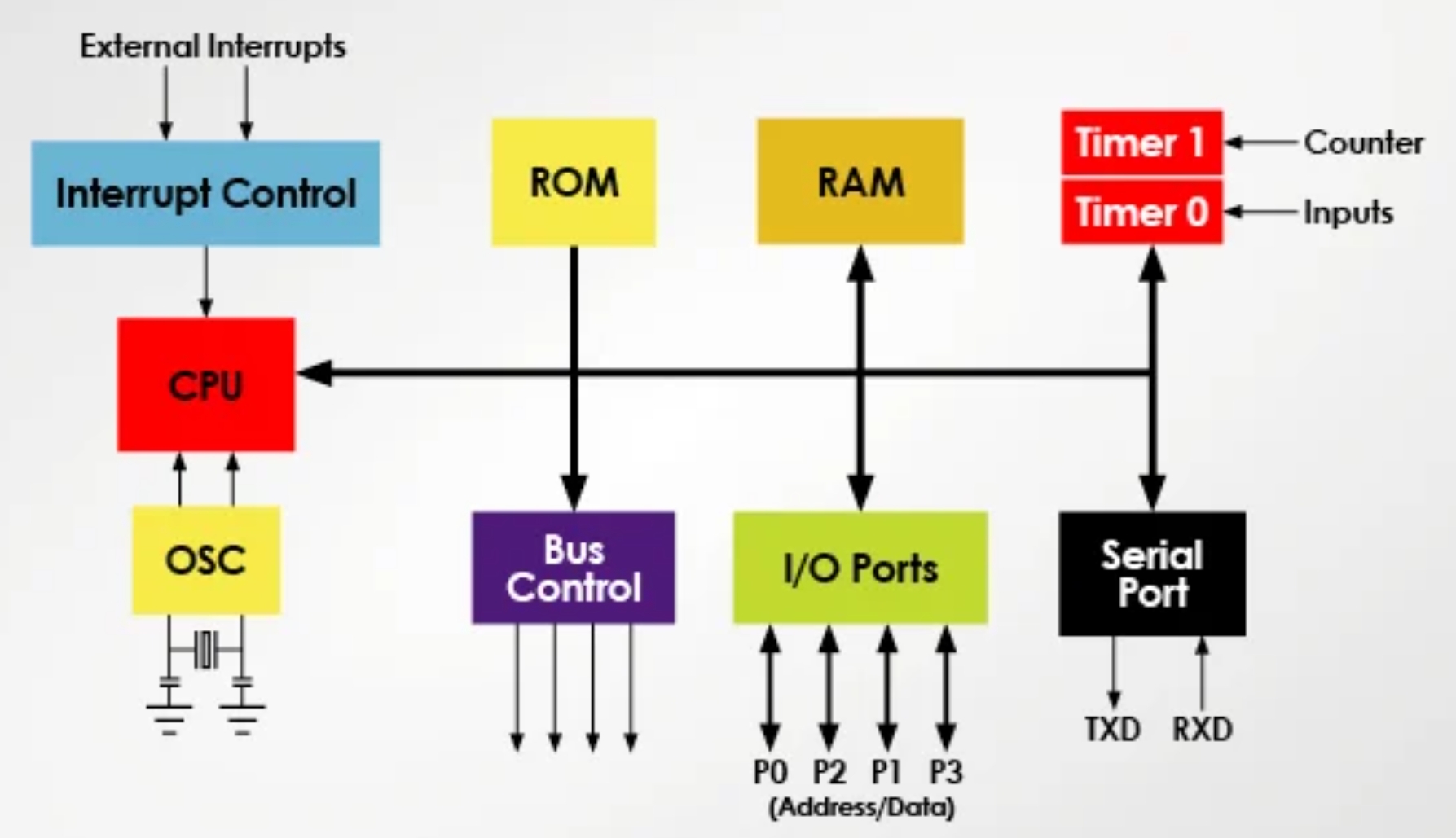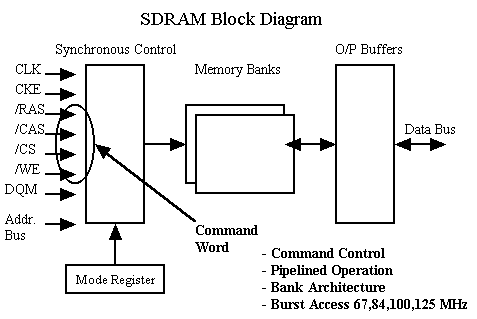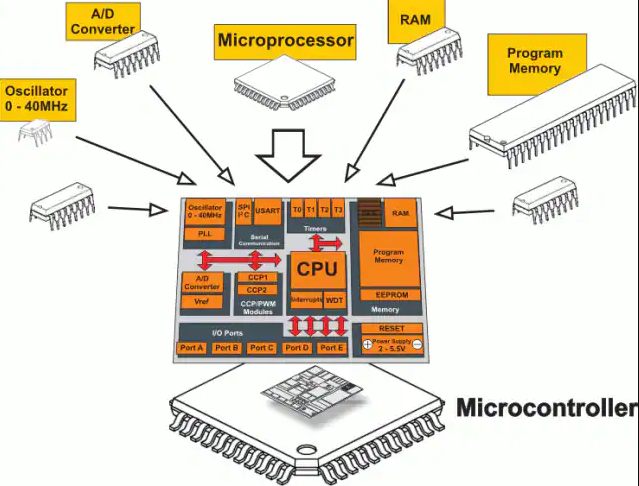Introduction
HDMI, which stands for High-Definition Multimedia Interface, is a fully digital interface for connecting high-definition video equipment. It supports the transmission of various video formats, including standard definition (SD), high definition (HD), and ultra-high definition (UHD) resolutions like 4K and 8K. It also supports multi-channel, high-quality audio.
In addition to video and audio signals, the HDMI interface can carry other data, such as Consumer Electronics Control (CEC) commands and Ethernet data, enabling more intelligent and convenient control and communication between devices.
HDMI connectors are typically rectangular and come in different specifications and versions, such as Standard HDMI, Mini HDMI, and Micro HDMI, to accommodate various device sizes and types.
Connector Types
There are five main types of HDMI connectors, designated Type A through Type E:
- Type-A (Standard HDMI): The most widely used connector.
- Type-B: Less common in consumer electronics.
- Type-C (Mini HDMI): Primarily used for portable devices like tablets and cameras.
- Type-D (Micro HDMI): The latest and smallest connector type, mainly found on smaller devices such as smartphones.
- Type-E: Designed for audio and video transmission in automotive entertainment systems.
HDMI Type-A Pinout
The following pinout is for the most commonly used HDMI Type-A connector.
| Pin | Signal | Pin | Signal | Pin | Signal |
|---|---|---|---|---|---|
| 1 | TMDS Data2+ | 2 | TMDS Data2 Shield | 3 | TMDS Data2- |
| 4 | TMDS Data1+ | 5 | TMDS Data1 Shield | 6 | TMDS Data1- |
| 7 | TMDS Data0+ | 8 | TMDS Data0 Shield | 9 | TMDS Data0- |
| 10 | TMDS Clock+ | 11 | TMDS Clock Shield | 12 | TMDS Clock- |
| 13 | CEC | 14 | Reserved | 15 | SCL |
| 16 | SDA | 17 | DDC/CEC Ground | 18 | +5V Power |
| 19 | Hot Plug Detect |
Pins 1-12 are dedicated to the TMDS (Transition Minimized Differential Signaling) data and clock signals, along with their respective shields. Pin 13 is for the CEC signal, which allows for advanced control functions between devices, such as using a TV remote to operate a connected set-top box. Pins 15 and 16 are the I2C lines (SCL and SDA), primarily used for EDID and HDCP data exchange. Pin 17 is a ground connection, Pin 18 supplies +5V power, and Pin 19 is for Hot Plug Detect. When this pin is high, it signals that a device is connected, allowing the source device to read its EDID via the I2C bus.
Key Technologies
EDID (Extended Display Identification Data)
EDID is a standard 128-byte data structure that contains a display's model information and performance parameters. This data includes vendor information, maximum image size, color settings, manufacturer presets, frequency range limits, and the display's name and serial number.
HDCP (High-bandwidth Digital Content Protection)
HDCP is a form of digital copy protection designed to encrypt signals transmitted over the HDMI interface. It creates a secure connection between a media source (like a computer, DVD player, or set-top box) and a receiving device (like a display, TV, or projector) to prevent unauthorized copying and distribution of content, particularly for high-bandwidth media like Blu-ray discs and streaming services.
+5V Power
The +5V power line is designed to supply a small amount of current, typically not exceeding 50 mA, to power the DDC (Display Data Channel) for communication while the display is in standby mode.
Data Transmission Method
TMDS (Transition Minimized Differential Signaling)
HDMI technology is based on TMDS, a differential signaling mechanism designed for high-bandwidth data transmission. By transmitting signals over differential pairs, TMDS effectively resists electromagnetic interference (EMI) and improves signal integrity.
HDMI uses progressive scanning for video data transmission. It transmits each full frame line by line, ensuring smooth picture presentation. A specific blanking interval, similar to the retrace period in analog video, is added after each line and frame to prepare the receiver for the next set of data. Each pixel's color is typically represented by 24 bits of data—8 bits for each of the red, green, and blue (RGB) channels. This allows for 256 levels per color, resulting in a total of approximately 16.7 million colors.
 ALLPCB
ALLPCB


